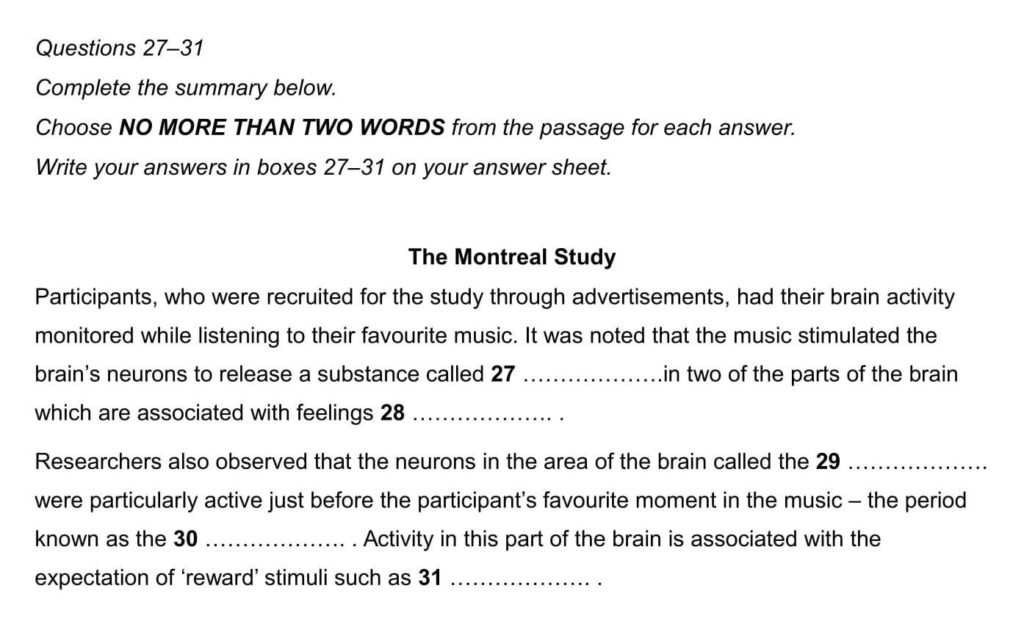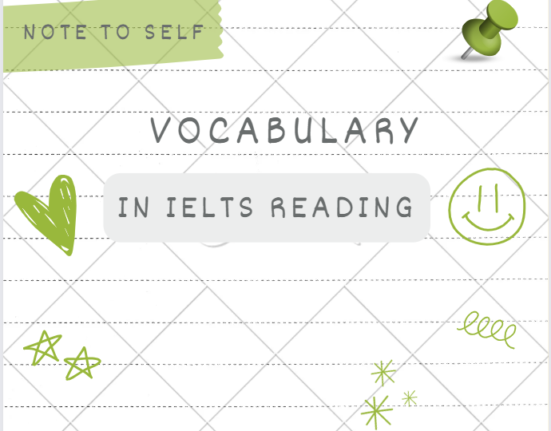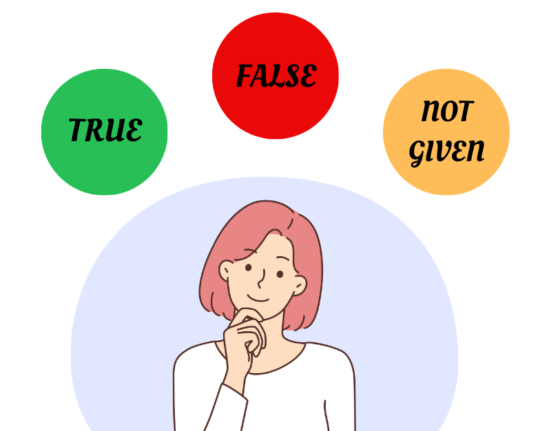Gap Filling is a quite common type of task that frequently appears in the IELTS Reading section. Although not overly difficult, Gap Filling Reading requires candidates to grasp the content of the entire passage, possess good information analysis skills, and have a diverse vocabulary. So, what is Gap Filling? Make sure you understand this task type, the approach, and the strategies to score high in the IELTS Reading section. Refer to the effective steps outlined below to confidently register for the IELTS exam with a solid knowledge foundation.
1. Overview of Gap Filling in IELTS Reading
What is Gap Filling?
Gap Filling (also known as Gap Fill) is one of the common task types in the IELTS Reading section. This task requires candidates to fill in the blanks provided in text summaries. The instructions will specify the limited number of words allowed for each blank.
Types of Gap Filling Reading In terms of word filling, Gap Filling is divided into two types:
Type 1: Fill in the blanks with words/phrases from a given list.
Type 2: Fill in the blanks with exact words/phrases taken from the reading passage. No list of words is provided.
In terms of question types, Gap Filling may appear in tasks such as Summary Completion, Sentence Completion, Flow-chart/Diagram Completion, Note Completion, and Table Completion.

2. Steps to Approach Gap Filling in IELTS Reading
Before delving into the strategies for Gap Filling Reading, it’s essential to understand the basic steps. Once you grasp each step, finding answers and scoring well in this section becomes more manageable.
Step 1: Understand the task instructions, and identify the allowed word limit.
Carefully read the task instructions; identifying the word limit for each blank is crucial. Lack of attention to this detail may result in unnecessary point deductions for exceeding the allowed word count.
Some common word limit instructions in Gap Filling Reading include:
- ONE WORD ONLY: Fill in only one word.
- NO MORE THAN ONE WORD AND/OR A NUMBER: Fill in only one word, one number, or one word and one number.
- NO MORE THAN THREE WORDS: Fill in one, two, or a maximum of three words.
Step 2: Read the questions and underline keywords.
Before reading the passage, focus on the questions and analyze the information to easily locate the answer positions in the passage. While reading the questions, also underline keywords and search for paraphrased vocabulary in the passage.
When reading the passage, pay attention to the words around the blanks. This allows you to brainstorm and predict the types of words to be filled.
Step 3: Read the passage and find the answers.
After predicting and brainstorming the words to be filled, read the passage thoroughly using scanning and skimming techniques. Apply skimming to identify the answer’s location and scanning to find the answers. In cases where the task provides a list of words for filling in the blanks, pay attention to the synonyms of those words in the passage.
3. Key Points to Note for Gap Filling
Gap Filling tasks in the IELTS Reading section are not overly difficult and can be easily scored. However, lack of caution during the task may result in undeserved point deductions. Consider the following tips to secure high scores:
- Read the task instructions carefully and understand the prescribed word limits. Note that a table or one-table is considered one word. Whether you fill in 5 or 555, it is counted as a single number.
- For Gap Filling Reading tasks, you don’t need to read the entire text. Focus on headings and the first sentence of each paragraph to quickly find the relevant passage.
- When the words to be filled are taken directly from the reading passage, keep the word forms unchanged. Do not alter them into different forms, and do not add plural forms or change the verb tense.
- The order of questions corresponds to the order in the passage. Therefore, read the passage sequentially from top to bottom to easily follow the information flow. Answering questions out of order may lead to wasting time searching for information and may cause distraction.
Hopefully, the information provided has given you a comprehensive and detailed understanding of the Gap Filling question type. Additionally, you can explore other question formats such as Matching Features, Multiple Choice, or Short Answer Questions to score well in the IELTS Reading section.










